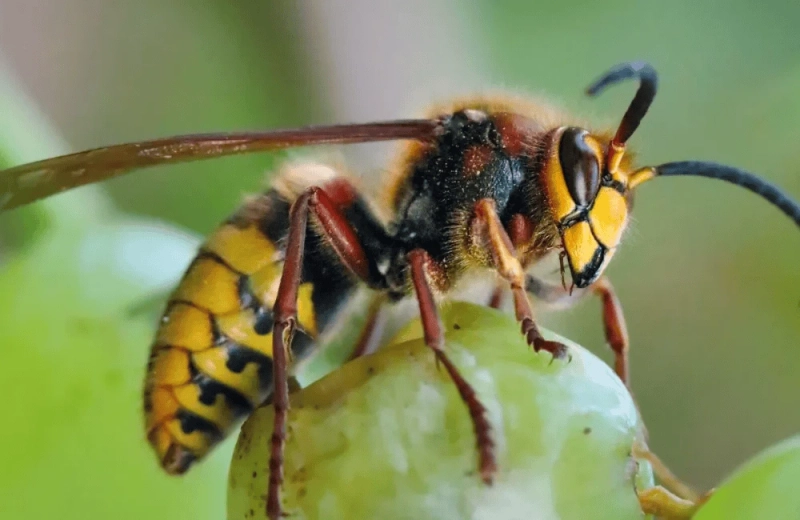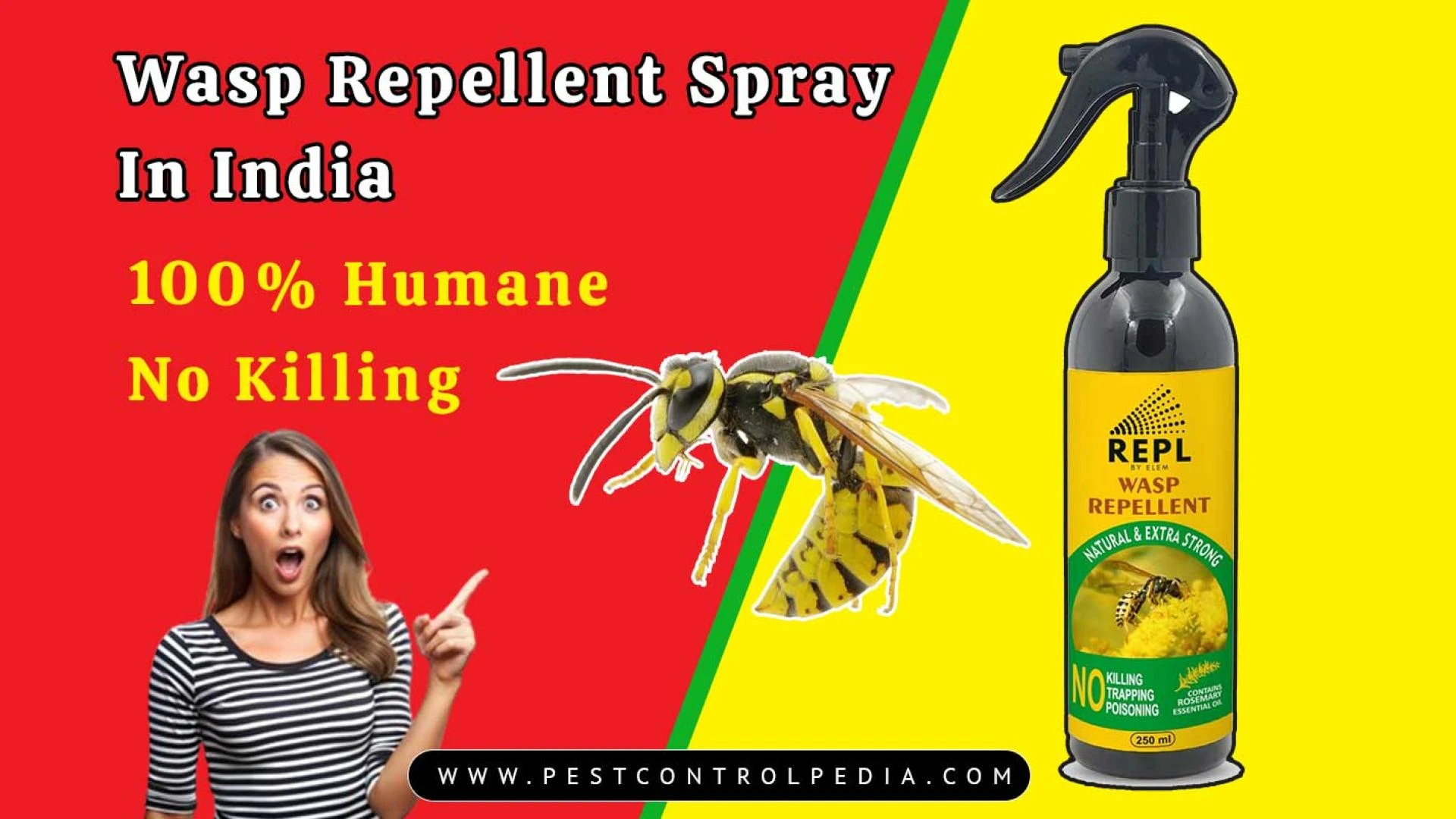Wasps are more than just a summertime annoyance. Their buzzing presence can turn a relaxing afternoon into a stressful experience. Many people fear wasps, and for good reason. Understanding the real impact of wasps and how to deal with them is important for anyone who enjoys spending time outdoors. Let’s dive into the seven stinging truths about wasp terror and how you can protect yourself and your loved ones.
If you’re already facing a wasp problem, you might want to check out this effective wasp repellent spray to keep your home and garden safe.
1. Wasps Are Not Bees
Many people confuse wasps with bees, but they are quite different. Wasps have slender bodies and smooth skin, while bees are usually rounder and covered in tiny hairs. Wasps are also more aggressive and can sting multiple times, unlike bees that usually die after one sting. Knowing the difference can help you react calmly and choose the right solution for your problem.
2. Wasps Can Sting Repeatedly
One of the scariest things about wasps is their ability to sting more than once. Unlike honey bees, their stingers are not barbed, so they can attack again and again if they feel threatened. This makes them especially dangerous around children and pets.
3. Wasps Are Attracted to Food and Sweet Drinks
Wasps love sugary foods and drinks. If you’re having a picnic or a barbecue, be careful with open soda cans, fruit, and desserts. Wasps can smell these treats from far away and will come buzzing over for a taste.
- Keep food covered when eating outside
- Dispose of trash quickly and properly
- Clean up spills immediately
4. Nests Can Appear in Surprising Places
Wasps are clever builders. They can make nests in trees, under roofs, inside sheds, and even in wall cavities. Sometimes, you might not notice a nest until you see wasps flying in and out of a small hole. Regularly check your property for signs of nests, especially in spring and summer.
5. Wasps Play a Role in Nature
While wasps can be a nuisance, they also have a purpose in the ecosystem. They help control other insect populations by feeding on pests like caterpillars and flies. Some wasps even pollinate plants, though not as effectively as bees.
Did you know? A single wasp colony can eat thousands of garden pests in one summer, making them natural pest controllers.
6. Wasp Stings Can Be Dangerous
For most people, a wasp sting is painful but not life-threatening. However, some individuals are allergic and can experience severe reactions like swelling, difficulty breathing, or even anaphylaxis. It’s important to know the signs of an allergic reaction and seek medical help if needed.
Steps to treat a sting:
- Wash the sting area with soap and water
- Apply a cold pack to reduce swelling
- Take an antihistamine if needed
- Seek emergency help for severe reactions
7. Prevention Is Better Than Cure
The best way to avoid wasp terror is to prevent them from settling near your home. Seal cracks and holes in walls, keep food sealed, and avoid leaving sugary drinks outside. If you notice a nest, don’t try to remove it yourself. Instead, use a safe honey bee repellent spray or contact a professional pest control service.
Final Thoughts
Wasps may be a part of nature, but their stings can cause real trouble. By understanding these seven truths, you can take simple steps to stay safe and enjoy your outdoor spaces without fear. Always remember, a little prevention goes a long way when it comes to wasp terror.
If you ever need extra help, don’t forget to check out the right wasp repellent spray or honey bee repellent spray for your needs.



